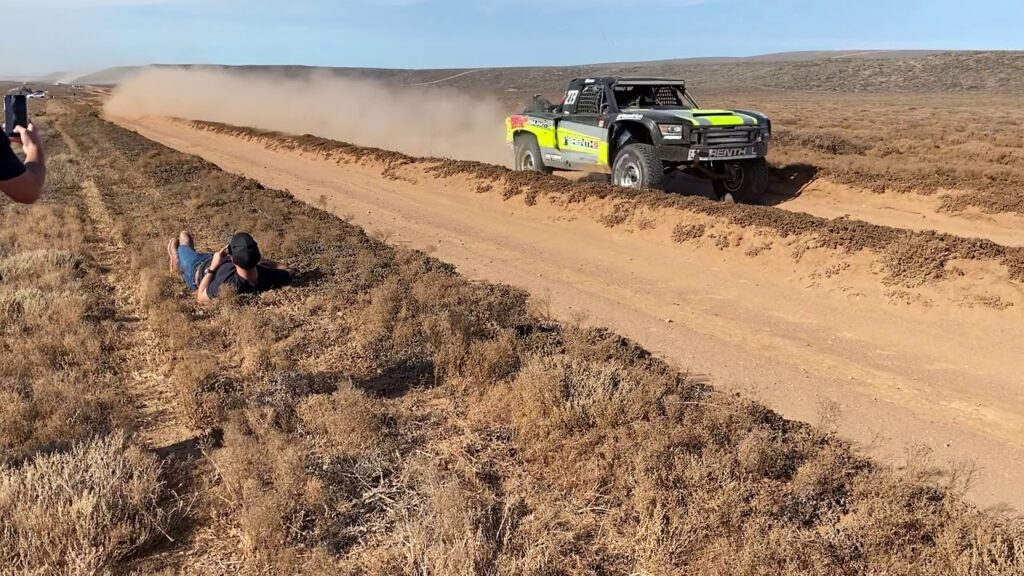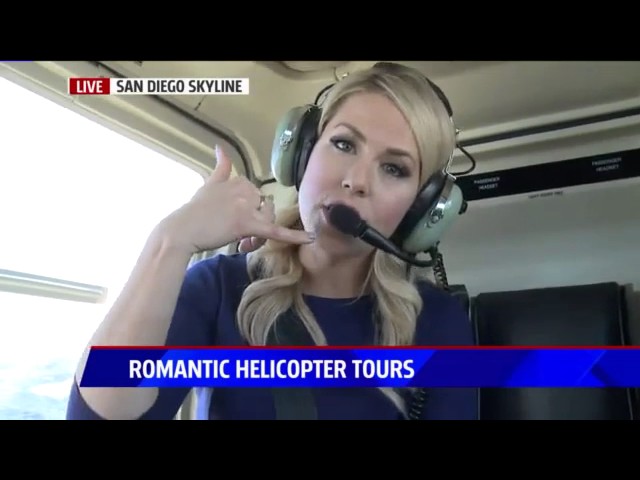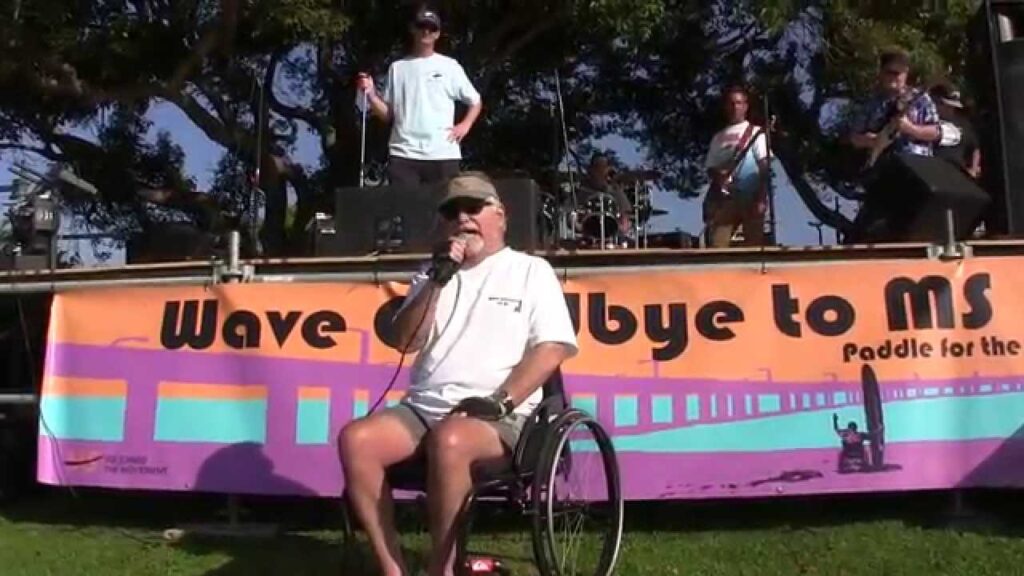“`
The Thrill of Helicopters in the 2020 Score Baja 1000
The 2020 Score Baja 1000 was an event that combined extreme sports with a fierce competition, exemplifying endurance and tenacity. One element that added an extra dimension of excitement to the race was the presence of helicopters swirling in the skies. These high-flying machines did not just serve as camera platforms to capture every moment of the gritty contest; they also provided critical support and fast-paced action that made the atmosphere electric. Pilots manoeuvred with precision, chasing the dust trails left by the roaring engines on the ground, adding an aerial spectacle to the desert race.
For enthusiasts and teams alike, the helicopters were more than just flying vehicles; they were an integral part of the race dynamics. Pilots communicated with their teams, providing real-time updates on road conditions and competitor positions. This bird’s-eye view gave teams strategic advantages and allowed them to make split-second decisions that could mean the difference between winning and trailing behind. The roar of the rotors mixed with the revving engines below created a symphony of mechanical prowess that could only be experienced in the heart of Baja California’s rugged terrain.
The use of helicopters in the Baja 1000 also highlighted the advancements in technology and logistics within motorsport. State-of-the-art avionics and experienced pilots allowed for seamless operations amid the chaos of the competition. Spectators following the race from afar could catch live aerial footage, thanks to the daring maneuvers and steady hands of the helicopter crews. These aerial wizards played a pivotal role in showcasing the race’s grandeur, capturing moments that defined the human spirit edged with an adventurous lust for the wild and untamed paths of Baja.
“`
Eye in the Sky: Aerial Coverage of the Baja 1000
The Baja 1000 is a grueling off-road race that takes place on Mexico’s Baja California Peninsula. Every year, a flurry of motorcycles, ATVs, buggies, and trucks thunder across the desert landscape in a high-octane battle against time and terrain. For those not on the ground, the “Eye in the Sky” becomes a crucial element for experiences far beyond the reach of the dust-kicking commotion – aerial coverage of this formidable event.
Helicopters equipped with high-definition cameras offer a unique vantage point and are essential to capturing the vastness of the course that spans over 1,000 miles. The aerial footage brings to light the sheer scale and challenge faced by competitors, showcasing the punishing environment that ranges from rocky paths to endless sandy dunes.
Not only do choppers provide live feeds for viewers at home, but they also play a strategic role for race teams. Pilots and cameras in the sky relay critical information on track conditions, opponent locations, and potential obstacles. This eye-witness intelligence can make the difference between victory and defeat, as teams adjust strategies on the fly in their quest for Baja glory.
Furthermore, safety is a paramount concern during the Baja 1000, and the helicopters often serve a dual function as lookouts and first responders. In the event of an accident or mechanical failure, the swift airborne units can reach stranded racers long before ground-based help, offering quick evacuations and medical aid when every second counts.
The marriage of technology and aviation has thus transformed the Baja 1000 into not only a race of speed and endurance but also a spectacle of strategic prowess seen from above. As helicopters continue to circle like vigilant overseers, they ensure that the Baja 1000 remains one of the most watched and celebrated off-road races in the world.
Helicopters: The Unsung Heroes of Baja 1000 Safety
The Baja 1000 is a test of endurance, skill, and courage, where drivers navigate through one of the most rugged terrains in North America. Amid the dust and roar of engines, one aspect of the race that often goes unnoticed is the critical role helicopters play in ensuring participants’ safety. These airborne guardians are tasked with a myriad of responsibilities that span across the vast stretches of the Mexican desert.
Helicopters serve as the eyes in the sky for race organizers and emergency medical teams. They are equipped with advanced navigation systems that allow them to track racers’ progress and spot potential hazards on the course. In the event of an accident or a breakdown, it is often a helicopter that is first on scene, providing immediate assistance or coordinating rescue operations. Their ability to hover and land in areas that are inaccessible to ground vehicles makes them indispensable for rapid response.
Moreover, these aerial vehicles facilitate real-time communication among the race’s various stakeholders. Pilots can relay critical information between checkpoints, and in doing so, help to maintain the integrity of the Baja 1000. They also document the event from above, contributing unique perspectives for both safety assessments and promotional purposes, often capturing dramatic footage of the vast, unforgiving landscape and the sheer determination of the competitors.
Despite their significant contributions, helicopters and their crews seldom receive the spotlight. Nonetheless, they continue to play a pivotal role in the Baja 1000. With their unwavering dedication to safety, it’s clear that the event would not maintain its prestigious reputation as one of the world’s premier off-road races without the hard work and vigilance of these unsung heroes of the skies.
Logistics and Support: Helicopter Operations at the Baja 1000
The Baja 1000, one of the world’s most challenging off-road races, is not only a test of endurance for the drivers and their vehicles but also a tremendous logistical endeavor. Helicopters play a pivotal role in ensuring the race runs smoothly from start to finish. These airborne workhorses provide crucial support that ranges from aerial reconnaissance to emergency medical services.
Team Coordination and Tracking is one major aspect of helicopter use during the race. Crews in the sky maintain constant communication with ground teams, relaying information about track conditions, competitor positions, and potential hazards. This real-time data is vital for strategic decision-making and contributes to the overall safety and competitiveness of the teams involved.
Apart from coordination, helicopters are indispensable for Emergency Response and Medical Evacuation. In an event where the nearest hospital could be hours away by car, the speed of a helicopter becomes lifesaving. Trained medical personnel are often onboard, ready to provide immediate assistance and rapid transportation to injured participants, ensuring that help is available at a moment’s notice over the vast expanses of the Baja peninsula.
Don’t Blink: The High-Speed Chase Captured by Helicopters
In the vast skies above Mexico’s bustling cities and rugged landscapes, helicopters play a pivotal role in law enforcement and surveillance. There’s an intense, electrifying aspect of crime fighting from the air that most people never witness. It’s a high-speed chase unlike any other, combining the thrill of pursuit with an aerial dance that is both precise and dangerous. Here, speed is the name of the game, and it’s a game that helicopters are uniquely equipped to handle.
Helicopters offer an unmatched vantage point when it comes to tracking suspects fleeing at breakneck speeds. Unlike ground vehicles that must contend with traffic, roadblocks, and the limitations of the road itself, helicopters soar above these hindrances, keeping a watchful eye on the suspects. With the ability to maneuver in all directions, ascend, and hover, they give law enforcement teams the upper hand in a pursuit that’s a relentless race against time.
Equipped with advanced technology, these flying sentinels are far more than just eye-witnesses to the adrenaline-fueled chases. Thermal imaging cameras and powerful zoom lenses capture every movement, turning these aircraft into essential tools for data collection and analysis. When a helicopter locks onto a suspect’s vehicle, there’s hardly a place to hide. The live feed from the skies becomes not just a tool for direct pursuit, but also a means to coordinate ground units strategically, leading to more successful and safe apprehensions.
What is often overlooked is the skill and expertise required by the pilots at the controls of these agile machines. Flying at high speeds, mere meters above ground, weaving between buildings, and avoiding other air traffic, these pilots are the unsung heroes of law enforcement. Their ability to keep up with speeding cars while providing a stable platform for law enforcement operations is nothing short of exceptional. The result of this high-octane synergy between man and machine is a powerful deterrent to those who dare to evade justice on Mexico’s roads.



